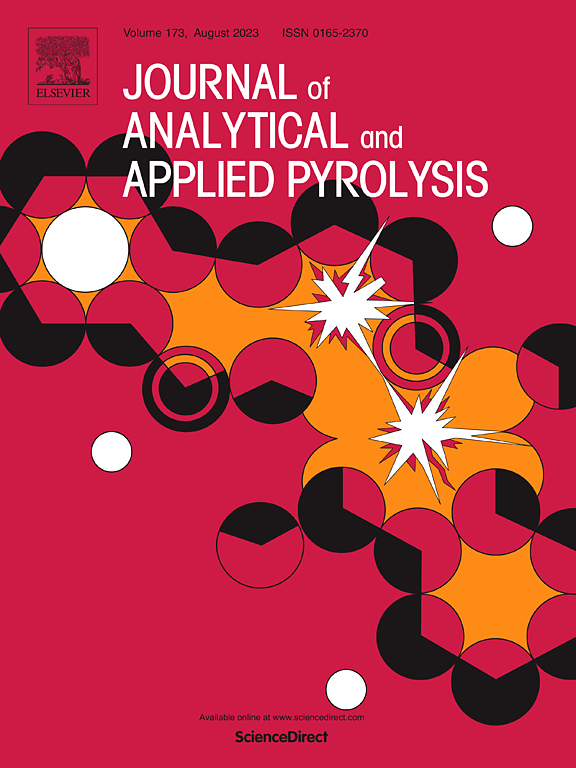Recent progress in carbon nanotubes production via catalytic chemical vapour deposition
IF 5.8
2区 化学
Q1 CHEMISTRY, ANALYTICAL
引用次数: 0
Abstract
The production of carbon nanotubes (CNTs) via catalytic chemical vapour deposition (CCVD) continues to be a key technique in nanotechnology, driven by ongoing advancements in catalyst design, carbon source optimization, and substrate materials. This review presents recent progress and novel findings in these areas, providing a comprehensive outlook on future directions. In catalysis, special attention is given to the development of single-atom and bimetallic catalysts, which offer improved control over CNT growth, greater efficiency, and enhanced sustainability due to their recyclability. Studies on catalyst preparation and activation mechanisms highlight how atomic dispersion and thermal stability significantly affect CNT morphology and yield. Additionally, new insights into catalyst sintering and deactivation mechanisms at elevated temperatures suggest strategies for extending catalyst lifespan and ensuring consistent performance. Optimizing synthesis conditions, including temperature regulation, carrier gas selection, and reaction time, has further refined control over CNT growth kinetics and structural properties. The ability to prevent catalyst deactivation and sintering at high temperatures remains a crucial factor in improving CNT yield and quality. This review also explores the impact of carbon source selection, emphasizing how the choice of precursors can modify CNT properties, alongside innovations in substrate materials that enable higher yields and improved uniformity of CNTs.
催化化学气相沉积法生产碳纳米管的最新进展
在催化剂设计、碳源优化和衬底材料不断进步的推动下,通过催化化学气相沉积(CCVD)生产碳纳米管(CNTs)仍然是纳米技术的关键技术。本文综述了这些领域的最新进展和新发现,并对未来发展方向进行了全面展望。在催化方面,特别关注单原子和双金属催化剂的发展,它们提供了对碳纳米管生长的更好控制,更高的效率,并且由于它们的可回收性而增强了可持续性。催化剂制备和活化机制的研究突出了原子分散和热稳定性如何显著影响碳纳米管的形态和产率。此外,对高温下催化剂烧结和失活机制的新见解为延长催化剂寿命和确保稳定性能提供了策略。优化合成条件,包括温度调节、载气选择和反应时间,进一步完善了碳纳米管生长动力学和结构性质的控制。防止催化剂失活和高温烧结的能力仍然是提高碳纳米管收率和质量的关键因素。这篇综述还探讨了碳源选择的影响,强调了前体的选择如何改变碳纳米管的性质,以及衬底材料的创新,从而提高了碳纳米管的产量和均匀性。
本文章由计算机程序翻译,如有差异,请以英文原文为准。
求助全文
约1分钟内获得全文
求助全文
来源期刊
CiteScore
9.10
自引率
11.70%
发文量
340
审稿时长
44 days
期刊介绍:
The Journal of Analytical and Applied Pyrolysis (JAAP) is devoted to the publication of papers dealing with innovative applications of pyrolysis processes, the characterization of products related to pyrolysis reactions, and investigations of reaction mechanism. To be considered by JAAP, a manuscript should present significant progress in these topics. The novelty must be satisfactorily argued in the cover letter. A manuscript with a cover letter to the editor not addressing the novelty is likely to be rejected without review.

 求助内容:
求助内容: 应助结果提醒方式:
应助结果提醒方式:


